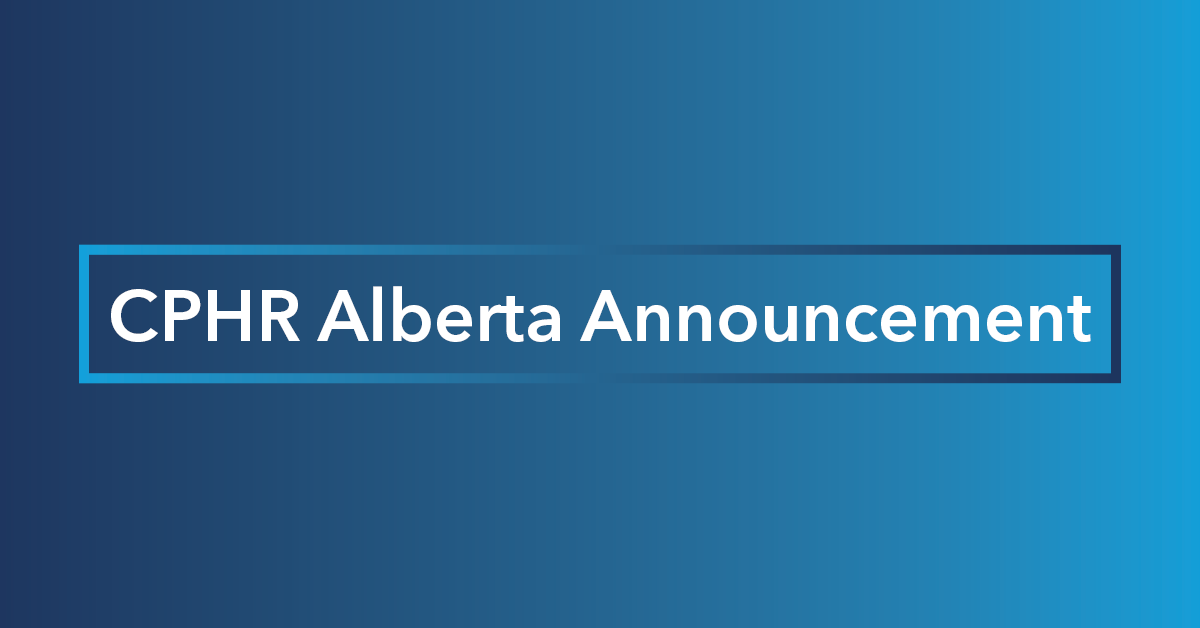
CPHR Alberta Partners with Bow Valley College

November 10, 2022
CALGARY, Alberta – Chartered Professionals in Human Resources (CPHR) Alberta, a professional association dedicated to strengthening the human resources profession, is excited to announce a new partnership with Bow Valley College to offer our members access to preferred pricing on three new CPD approved micro-credentials.
Bow Valley College is Calgary and region’s only Comprehensive Community College — with 14,000 full- and part-time students. Bow Valley College helps Open Doors – Open Minds to in-demand jobs in Calgary, Alberta, and Canada. Our graduates contribute to the digital economy, TV & film production, careers in business, and serve on the frontlines of healthcare and social services. One of Canada’s top 50 research colleges, Bow Valley College invests in virtual reality (VR), Work Integrated Learning (WIL), micro-credentials, and foundational opportunities.
“Bow Valley College is a leader in learning innovation with a commitment to life-long learning. We are proud to partner with CPHR Alberta on training opportunities to support human resource professionals throughout Alberta. This partnership will provide CPHR members with access to world-class learning experiences developed by some of the brightest minds from across the sector,” says Vice-President, Academic, Michael Crowe.
The new micro-credential courses have been designed to fill the gaps many professionals are finding when upskilling in their current human resources and administration roles. The unique offerings will allow you to assess where your strengths are and what areas to focus on, developing very targeted and applicable skills. The People Strategy: Strategic Workforce Planning micro-credential is now available for registration, and we will see the launch of two additional micro-credentials , People Strategy: Talent Acquisition and People Strategy: Talent Retention, later this year.
“The ability to assess your current skills is not something our community has seen before and will be a great support for those looking to identify gaps in their skills and/or move into a full-time HR role. Bow Valley College has done an incredible job developing the People Strategy: Strategic Workforce Planning micro-credential. It was designed using input from CPHR Alberta members, which makes it a unique, relevant, and applicable course as it supports our competency framework,” says CPHR Alberta, CEO, Ioana Giurca.
CPHR Alberta members can request additional information and preferred pricing by emailing Ross Zariski, rzariski@bowvalleycollege.ca , with the subject line, “CPHR Micro-credentials”.
Learn more about Bow Valley College at www.bowvalleycollege.ca
The views and opinions expressed in this blog post belong solely to the original author(s) and do not necessarily represent the views and opinions of CPHR Alberta.





